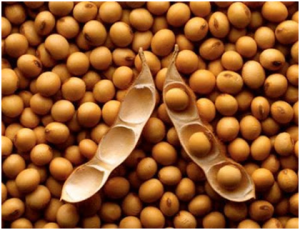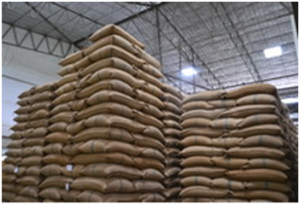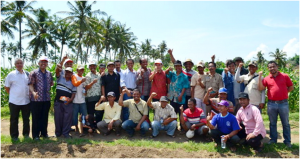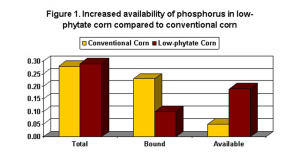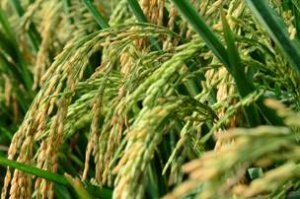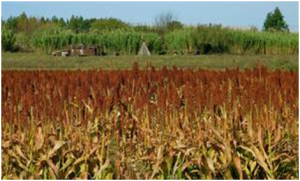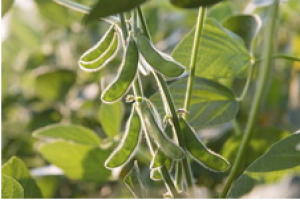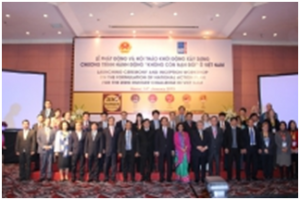|
Study Explains How Pathogen Proteins Work Together to Attack Plants
Saturday, 2018/05/26 | 08:57:12
|
|
Figure: This photo shows residual symptoms in a wild tobacco plant produced by a mutant version of the pathogen Pseudomonas syringae that lacks seven of the 29 “effector” proteins.
Many of the plant pathogens inject effector proteins into plant cells to attack the host's immune system and it has been unclear how the complex system of attack works. Researchers from Cornell University and Chinese Academy of Agricultural Sciences published in Cell Reports a new experimental system for studying effector interplay to sabotage a plant's defenses.
The researchers reported that the experimental system that they developed is based on an engineered strain of Pseudomonas syringae pathogen called DC3000 and the wild tobacco Nicotiana benthamiana. The unmodified DC3000 deploys 29 effector proteins, but the engineered version lacks all these, allowing the researchers to add effectors gradually to determine their actions in inducing and suppressing the plant's immune responses. This strategy helped them understand how effectors work together to combat the plant's internal anti-effector surveillance system.
They found that six of the 29 DC3000 effector proteins trigger defense responses linked with detection by the plant's immune system. However, many of the remaining 23 effectors work in tandem with the detected effectors to suppress this plant's immune response, thus enabling pathogen success.
Read more from Cornell Chronicle. |
|
|
|
[ Other News ]___________________________________________________
|


 Curently online :
Curently online :
 Total visitors :
Total visitors :
(18).png)





